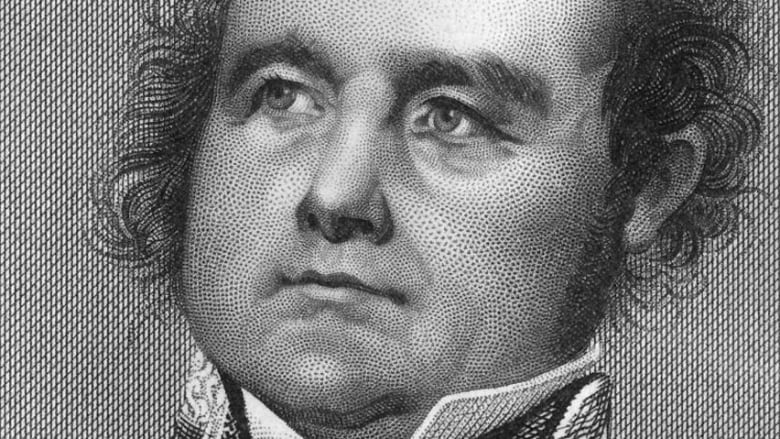Franklin expedition to Arctic included cannibalism, researchers say
Bones show late stages of cannibalism - boiling bones to extract marrow

Inuit have long shared tales of cannibalism on Sir John Franklin's last expedition to the Arctic, and now researchers say they have found evidence to back up those stories.
Researchers from the University of Alberta andthe U.K. public body Historic Englandlooked at the remains from 36 cracked bones found on King William Island, in what is now Nunavut.The bones show signs of breakage and polishing consistent with heating in water to facilitate marrow extraction, as well as evidence of having been cut into witha sharp object.
"With the cut markswe've shown that the cannibalism took place," says Simon Mays, a member of the excavation and analysis teamat Historic England.
- Franklin expedition commemorative stamp, coin unveiled
- Franklin expedition mystery could be solved by students
In 1845, Franklin commanded a British naval expedition that included two ships and 128 men to map the Northwest Passage. By fall 1846, the ice had trapped the ships near King William Island inNunavut. A note from the crew dated April 25, 1848, said that Franklin had died on June 11, 1847.
The crew was reportedly set to walk toward the Back River, but none of them survived the trek.
Late-stage cannibalism
Mays says cannibalism tends to occur in stages, with people first feeding on the biggest cuts of meat for calories.

Mays says the evidence confirms that Franklin's men were practising cannibalism over time, as the bone remains were located in multiple sites. The new research also proves that in the final throes of the expedition the men not only atehuman flesh to survive, but even resorted to boiling human bones, he says.
"They saythey saw bones in kettles with heating vessels. So this is really confirming 19th-century Inuit accounts of cannibalism on the voyage," says Mays.
Louie Kamookak is a community historian from the hamlet of Gjoa Haven who has been collecting accounts about the Franklin expedition for years.He says he's not surprised that it's takenevidence from researchers and scientists to finally accept what local oral historians have recounted for years.
"They're finally starting to realize that oral historyamong the people are strong, and a lot of it is truth," saysKamookak.
'Bad spirits'
Over the years, Kamookak has collectedmany stories about the expedition, including one that he first heard from an elder in the community in the early 1980s.
"There's a lot of stories oral history that was kind of gruesome," says Kamookak,recountingastory of a tent found near a lifeboat in the 19th century.
"When they lift up the tent that was down," he says,"there was a dead white man there, and also, there was a pot in there with human remains."
For years, according toKamookak, people in the area were told to stay away from these spots to avoid "bad spirits.
"Bad spirits refer to what they were seeing. These white men eating each other," he says.












_(720p).jpg)


 OFFICIAL HD MUSIC VIDEO.jpg)
.jpg)



























































































